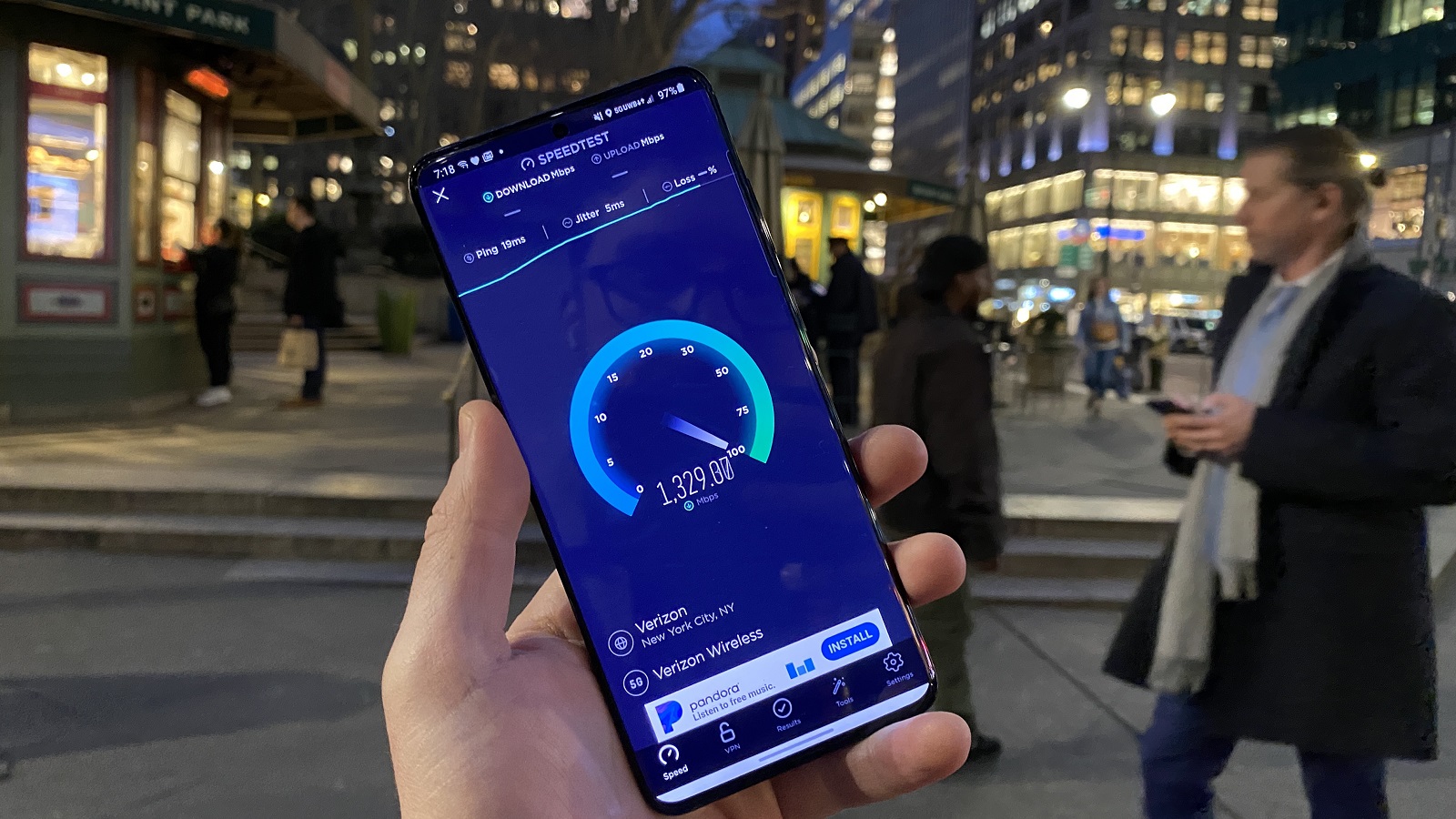You're overpaying for phone data during the outbreak
If you're staying at home, check your phone data plan

We’re certainly using our phones a bit differently while we shelter-in-place to ride out the outbreak – binging more media, chatting over video, and taking breaks from social media. But it took us a couple months to realize something else: since we’ve spent most of our time in our apartments and homes, we’re rarely out of Wi-Fi range, and our LTE data consumption has plummeted.
Which has led us to a new suggestion: perhaps it’s time to dial down your data cap and save some money on your monthly plan, at least for the foreseeable future.
This advice isn’t for everyone: there are still plenty of you who are still leaving home often enough to keep your data plan right where it is, and are benefiting from US carriers relaxing late fees, UK carriers giving 10GB of extra data per month, or other such relief amid the outbreak.

But we, working from home, found our cellular data use plummeting: one of our editors, who regularly used more than 14GB per month, saw their LTE data consumption drop down to just over 1GB. To be clear, everyone’s still downloading more data as they watch and video chat more – they’re just accessing it over their Wi-Fi instead of tapping into their data plan.
First up: check your data
Before you consider jumping ship on your reliable data plan, it's probably wise to check how much data you’ve used. Now that we’re a couple months into a new stay-at-home reality, you should have some idea how that’s changed your data consumption habits.
Most carriers or networks will have their own tools that help you visualize how much data you’ve used in the last pay period, which is typically broken up into monthly chunks. Log in to your carrier’s website or dedicated app and head to your account page, where a ‘usage’ section should outline what you’ve used thus far.
Get daily insight, inspiration and deals in your inbox
Sign up for breaking news, reviews, opinion, top tech deals, and more.
Compare that to your previous period’s data usage by navigating to the appropriate section – for the US carrier Verizon, for instance, you can find this on the ‘My Usage’ page > ‘View previous usage’ > My Bill section, or you can find it in the My Verizon app by going to Data Hub > History > selecting which billing cycle you’d like to see.
If your data use hasn’t changed much, that’s fine – but if it’s dropped while you’ve been relying on WiFi at home, read on for how to change your plan.
Switching your plan: easier than it sounds
For most carriers, switching data plans isn’t too difficult, and it’s broadly similar between providers: sign in to your account either online or in your carrier’s dedicated app, navigate to your account settings, and look for a way to manage your plan (with Verizon, it’s changed by going to My Verizon > clicking Manage plan; with T-Mobile, it’s changed by going to Account > choosing your plan > clicking ‘Manage my plan’).
It’s possible that differences between carriers will make it more difficult to shift plans, though providers should let you swap to a new one without too much delay. If you’re still in contract, you may not be able to do so.
If it’ll save you money, and you’ll be sticking around Wi-Fi for the foreseeable future, it might be worth the effort to switch over. And if you don’t end up using much data at all, perhaps consider switching to a prepaid or metered plan, if that works for you.
By the time things open back up and you transition away from home, it should be just as easy to ramp up your data cap, too. And by saving a little money in the meantime, maybe you can afford some of the weird tech stuff we’ve picked up to make our shelter-at-home lives just a little more comfortable.
- Best phones: the top smartphones we've seen
David is now a mobile reporter at Cnet. Formerly Mobile Editor, US for TechRadar, he covered phones, tablets, and wearables. He still thinks the iPhone 4 is the best-looking smartphone ever made. He's most interested in technology, gaming and culture – and where they overlap and change our lives. His current beat explores how our on-the-go existence is affected by new gadgets, carrier coverage expansions, and corporate strategy shifts.
